The TWS market is seeing a progressive expansion towards the lower end, as the quality rises and entry-level “true wireless” earphones become decent from the perspective of audio quality. The bar is still quite high, though, with earphone costing less than $80 generally being plain garbage. I had high hopes for the Tin HiFi T2000, the brand’s first foray into this market. Alas those hopes were shattered the moment I tried the earphones, which are a sore disappointment in every regard.
I received a first unit in May, which turned out to be a pre-production unit. I gave Linsoul my feedback on it – a pretty negative one. They assured me Tin HiFi had tweaked the earphones after receiving my remarks. That does not seem to be the case however, as the production T2000 is just as bad as the previous unit.
Disclaimer: I received a complimentary unit from Linsoul. They sell the T2000 on their website.
TL;DR: recap
| Pros |
Cons |
| Strong Bluetooth connection
Wired and wireless mode |
Atrocious fit
Large background hiss Weird tempo and pitch issues No volume adjustment Fatiguing signature Very low battery life MMCX connectors that degrade over time Large, unwieldy, poorly made case |
Rating: 4/10
Packaging & Accessories
The Tin HiFi T2000 come in a cardboard box which contains the earphones, a USB to USB-C cable and three pairs of silicone tips in different sizes. There’s also a manual with instructions on how to use the earphones.
Design & Comfort
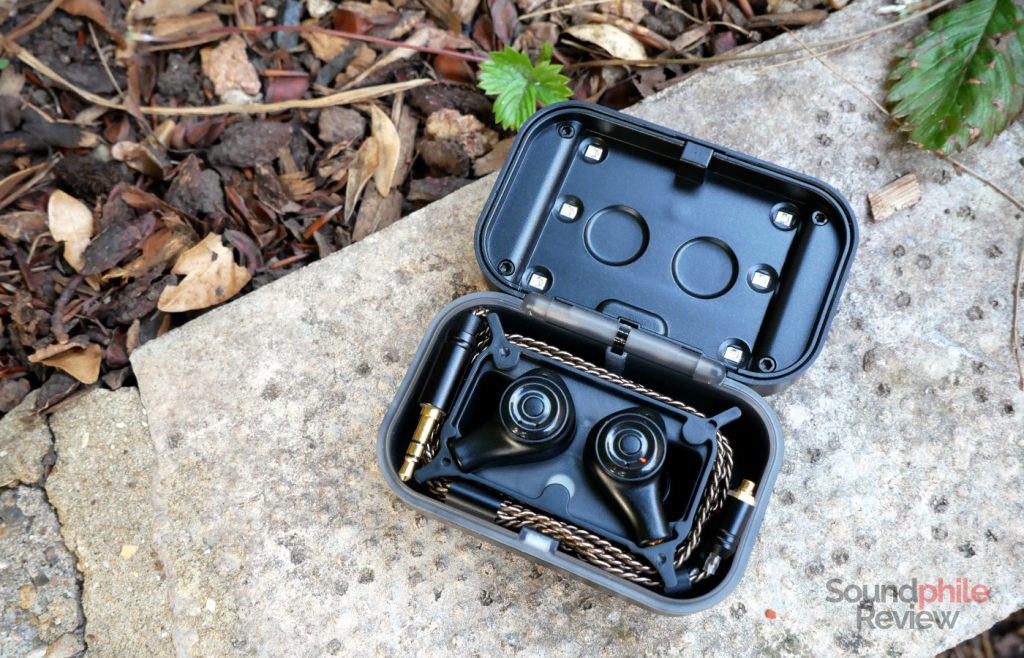
Design is surely an important part of any earphones: not only does it make them attractive and pleasant to look at, but it also dictates the comfort and, to some extent, the sound. Tin HiFi decided to go with a decidedly avant-garde design for the T2000: they seem right out of some concept from the early 2000s. They’re actually fairly impressive and surely unique. But that’s everything I can say positively about these earphones.
Due to the way the shell is shaped, fit is absolutely atrocious. It is even worse than that of the BLON BL-03, which was already one of the worst I’d found. The shells are very big and the nozzle is just not long enough nor is it placed in the right position to grant a good fit. This means that none of the eartips provided in the box were able to fit in my ears correctly. I had to use foam eartips in order to achieve an acceptable result and even then, I found the fit to be absolutely abysmal.
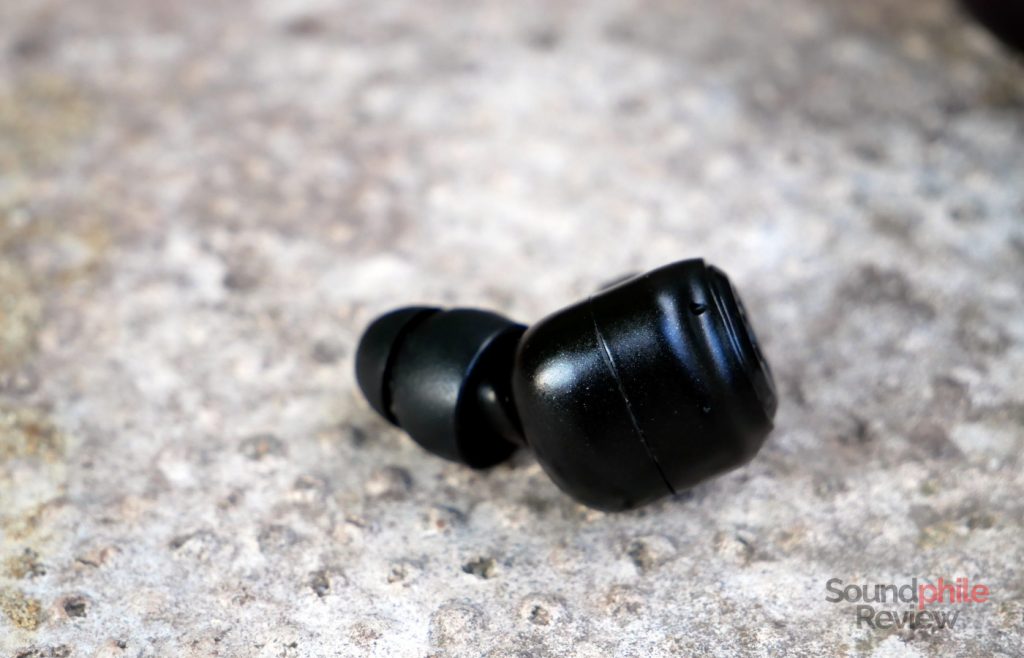
The problem is the shell is too large, the nozzle is too short, the shape is such that you can only wear the earphones with the strain relief (and the cable) pointing down even though having the cable running around the ears would definitely improve both fit and comfort. This design is just a failure as far as wearability is concerned. It is even more so when we consider the earphones offer the ability to connect a cable, which adds weight and makes the fit even worse. Also, the cable uses MMCX connectors: while this means that the connection is quite stable, it also means that at some point the connectors will just wear out and become unusable – not the best choice for a cable that is supposed to be constantly put under stress by plugging and unplugging the cable.
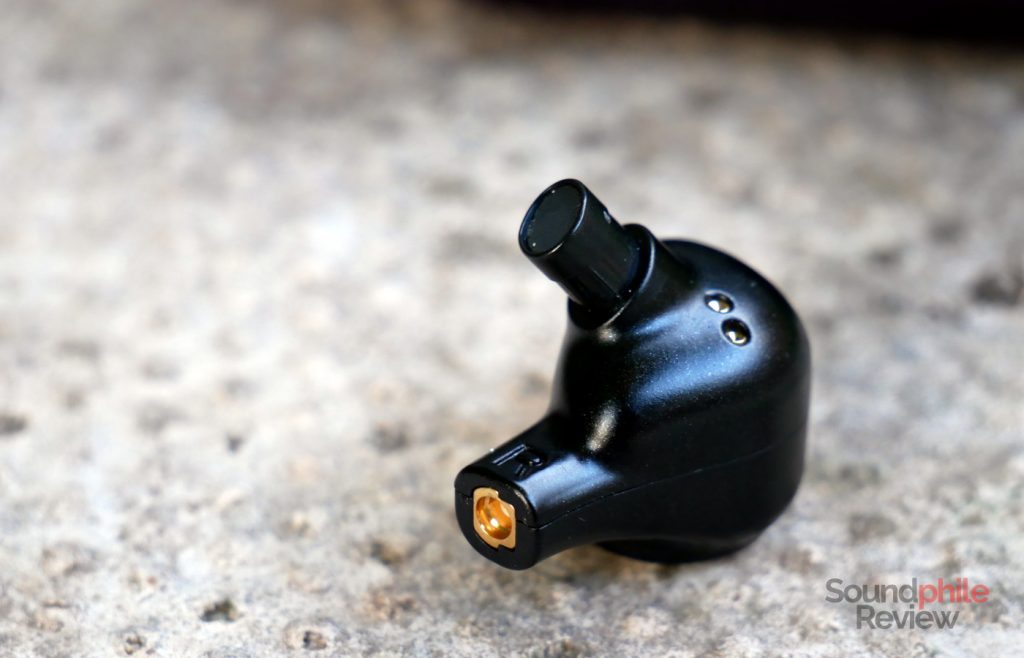
There is a single button on each faceplate and it’s alas quite hard to click. It’s not “push the earphones through your skull” hard, but it’s uncomfortably so anyway.
Isolation is non-existent. Even using the aforementioned foam eartips borrowed from other earphones, where they isolate perfectly, I could still not get the perfect fit with consequent good isolation.
Comfort is acceptable, as long as you accept the idea of not having a good fit. It improves when using foam eartips, but the shells are still quite large and shaped in such a way that comfort is never great.
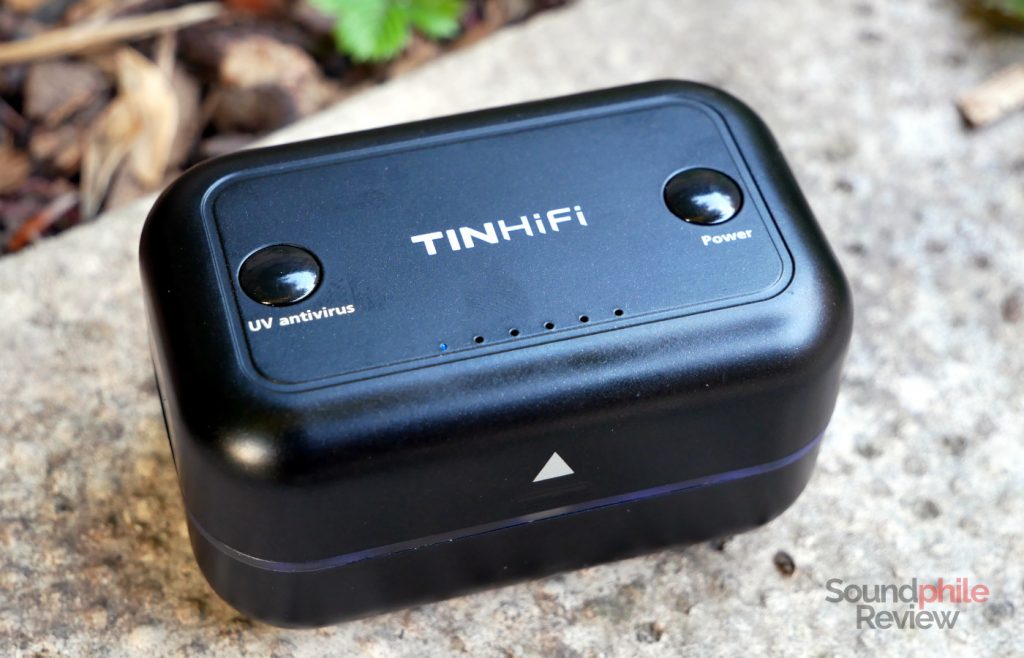
The case is not great in terms of build quality, just like the earphones. Apart from visible plastic casting residues, the plastic feels cheap, the status LEDs holes are badly done and the lid creaks and moves more than I would like it to – it definitely does not inspire confidence in its solidity. It has two buttons on top, “power” and “UV antivirus”, plus six status LEDs: four for the battery charge, one to indicate that the charge is in progress and one to indicate that the UV light is active. The latter indicator is useless as there is a transparent rim around the lid that allows you to see whether the light is turned on (see picture below).
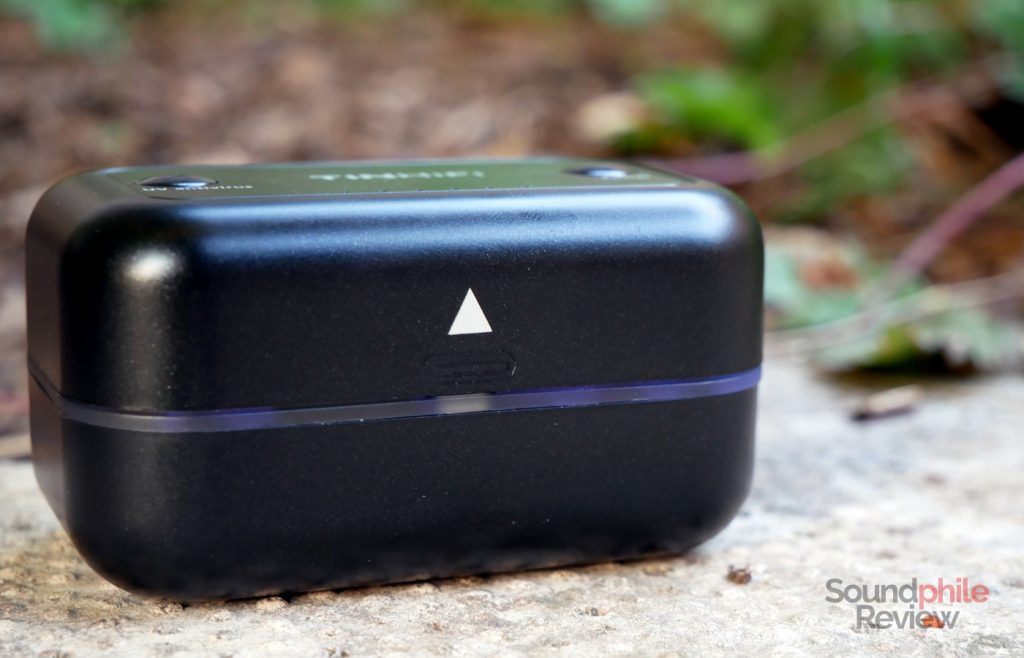
Now, the UV “antivirus” thingy would be nice, but it’s in practice useless. In order to kill bacteria and viruses using UV light you have to use a very specific type of UV light (UVC) and expose the surfaces to that for a long time with high-power lamps. That’s what they do in hospitals. The problem is the case uses UVA and offers an exposure of just 60 seconds. This type of UV light has no effect, especially when used for such a short time and with such low power. I think Tin HiFi opted for UVA because UVC can be highly dangerous when used incorrectly, but this choice just makes it more of a gimmick than an actually useful feature.
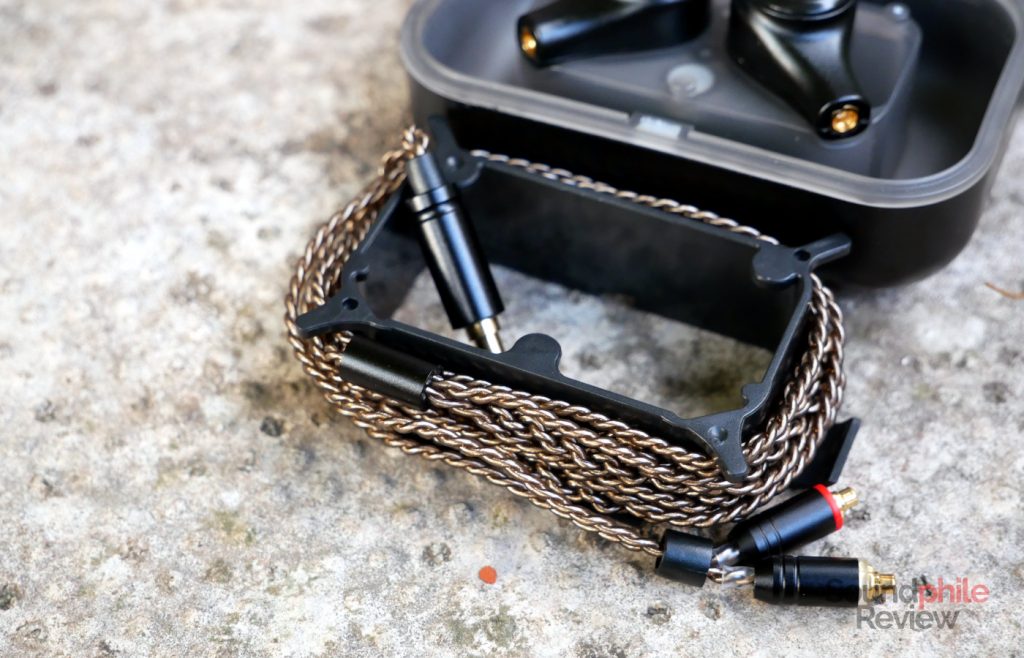
The cable is also very difficult to manage and it requires some real effort to put it back correctly. You just have to try again, and again, and again until you get it right because not doing so means you either won’t be able to close the lid or you won’t be able to place the plastic tray back into the case.
Extra Features & Battery Life
The Tin HiFi T2000 do not support any high-quality codec, instead offering only SBC and AAC. No aptX, no LDAC. So much for earphones that target the audiophile market.
There is an evident issue with tempo and pitch. Remember the KZ S2? Those earphones had the exact same issue exhibited by the T2000: the music appears to be slowed down or sped up, with a consequent change in pitch. It’s easy to tell with electronic music: I realised that while listening to Supersede by CBL, which has the same base line repeating over and over and is therefore a good test bench for this kind of issues. This problem appears to be constant and consistent; it comes and goes, but it’s always there and it’s most notable at the beginning of tracks for some reason. I ruled out an issue with the source because using other Bluetooth headphones and amplifiers the problem was simply not there.
The S2 and the T2000 use the same chip: the Realtek 8763. The T2000 use the RTL8763BFP, to be more specific. This might explain why both have the same issues, including the lack of proper high-quality codec support – the chipset does not support them as it’s meant to make products as cheap as possible by cutting all corners available – including quality, it seems.
The only good thing is that the connection is quite stable and offers a very good range, so much so that the T2000 passed my usual test of walking out of my room excellently – I got to the floor below before they cut the connection.
Volume adjustment relies on the source, so you can’t really make any adjustment if your source does not get you where you want. In my specific case, I found the lowest volume on my Shanling M2X (a volume of 2/100) still too high, but I could not lower it any further using the earphones as those do not have any embedded volume control. Bummer.
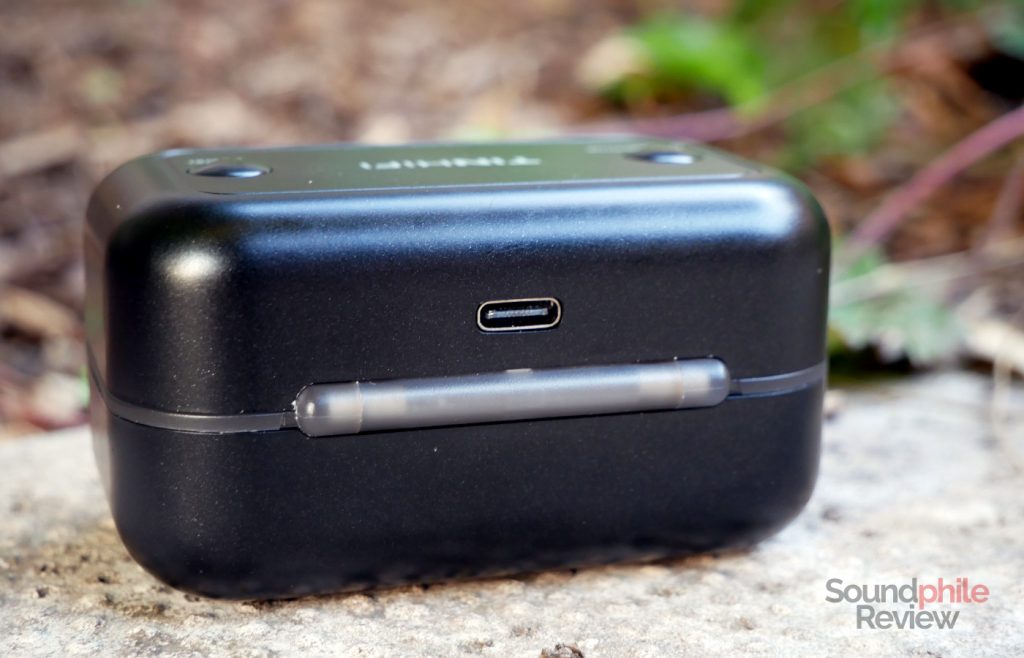
Battery life is quite bad, as it struggles to reach 4 hours and often gets to just three hours. By today’s standards, that’s on the very low side, considering that most decent earphones give you seven or more hours of listening. The battery case appears to continuously charge the earphones even if you don’t actively use the earphones, so its 600 mAh battery loses charge constantly: it takes a week or so for the battery to be completely drained, even just by leaving the earphones in their case. This also means that it’s hard to say how many charges are actually offered with precision – possibly three full charges.
Sound & Specs
I tested the Tin HiFi T2000 with both a PC using a Bluetooth 5.0 transmitter and a Shanling M2X. In both cases files were the same and were mostly comprised of FLACs in standard resolution (16 bit, 44.1 kHz).
Tin HiFi T2000 |
| Frequency response | N/A |
| Impedance | 16 + 21 Ω |
| Sensitivity | 103 ± 2 dB (low-mids) 96 ± 2 dB (mid-highs) |
| Bluetooth version | 5.0 |
| Codecs | SBC, AAC |
Tin HiFi got back to its roots by using two different dynamic drivers, both made of nitinol, an alloy of nickel and titanium. This should make the diaphragms stiffer and better at delivering impact on transients.
There is a somewhat strong background hiss that’s always present. It’s strong enough to be almost overcome the music if the track is quiet enough: one such example is Carbon Based Lifeform’s Refraction 1.33, where the hiss almost covers the music – and smears it by removing the smaller details.
The sound signature of the T2000 is such a mess that it’s difficult to describe it. If you thought the wired earphones by the company were bright, think again. The T2000 are – simply put – a treble cannon that will pierce your ears. This means that everything else is blown away by treble, so you can’t hear bass even though it might be there. You have to raise the volume to hear it, but it’s a dog chasing its tail: you raise volume to expose bass, you also raise treble volume which covers bass, you raise volume again… It just doesn’t work.
Bass is really shy, obliterated by treble. As far as I can hear, it does not offer much depth nor impact. It seems like this is the kind of bass one would expect from Tin HiFi, but it’s hard to say.
Midrange follows suit and is unable to withstand the barrage of treble notes. It mostly sits behind highs and the only parts that emerge a bit are the ones in the upper region (say, female voices). Those are still mostly covered by treble, though. It’s hard to say anything about it.
On top of the large hiss there is an overwhelming prevalence of treble on the rest. To give you some perspective, the cymbals in Carbon Based Lifeform’s M (from the wonderful Interloper album) are so strong they drown out the voice of the singer, which is instead front and centre normally. This absurd emphasis makes the signature as a whole very fatiguing even just in the short run – just a few minutes, way less than half an hour, are enough to give me a headache. There’s a large emphasis on the lower and middle regions, with a cliff after that; this creates a sound that’s artificial, sharp, piercing and just unpleasant.
Now, I wrote these words about the pre-production unit. The final unit I received is in no way better and appears just the same to me, with no differences at all.
Final Thoughts
I do wonder if Tin HiFi built on the same base that KZ used for their KZ S2 as they share the same issues, with little differences. Short battery life, overbearing hiss, very problematic treble, no volume adjustment… If they don’t share anything it’s then quite amazing that two earphones from two different, unrelated companies exhibit the exact same issues. And the problem is that these issues are fundamental. They’re not something you can overlook or ignore.
I said it before, but I will repeat it: stay away from cheap “true wireless” earphones as you will get a subpar listening experience. The tech is just not there yet. The Tin HiFi T2000 may be considered sufficient by some, but that’s not enough in my book. That’s okay for people who don’t care about audio, but definitely not for audiophiles. Tin HiFi gave it a shot, but this is still not enough. There are some positive things, but mostly the T2000 are a failure. Don’t buy them. Save some money and get some decent TWS earphones (e.g. Lypertek Tevi) or invest in cabled stuff that sounds much, much better at the same price and does not have all these issues.

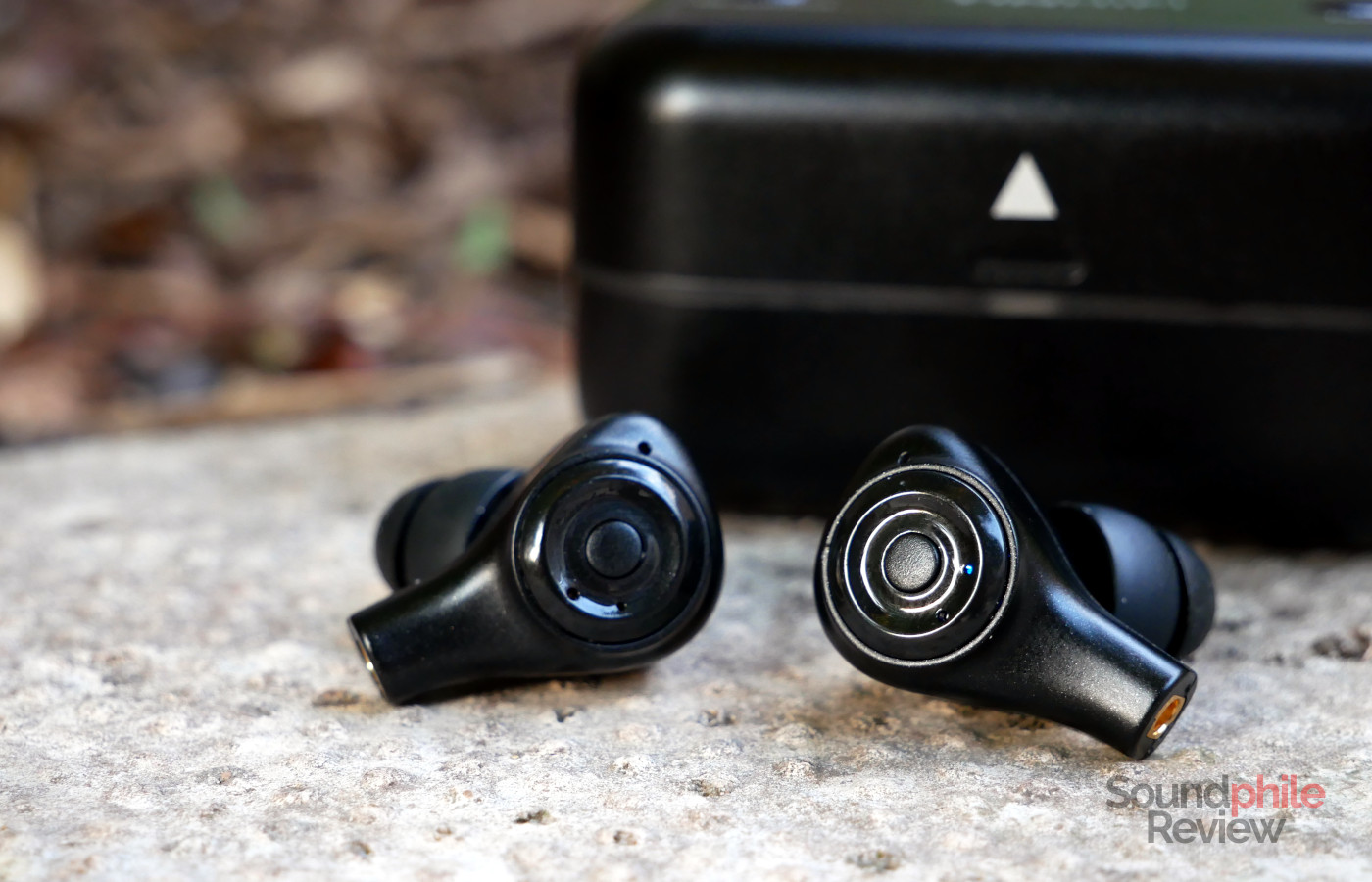


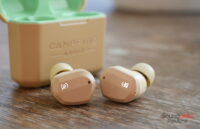
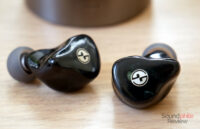
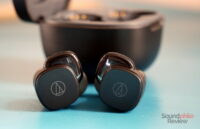


Totally agree, Really poor product and feel like they scammed me. I with I get my money back.